Life
Why Do We Couple Up In The Winter?
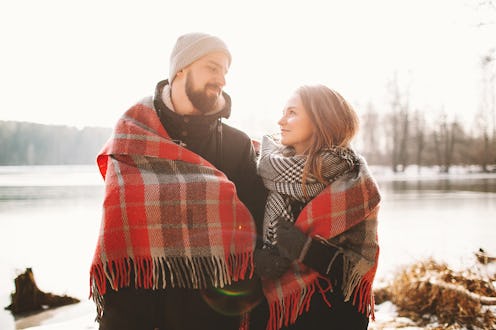
With temperatures dropping rapidly, it only means one thing — cuffing season is here. (When I first heard this term, I thought of handcuffs and figured it was a new S&M trend. I was wrong.) But is cuffing season real?
The term joined joined Urban Dictionary in 2011, and rapper Fabolous even made a song called “Cuffin’ Season” back in 2013. Though the start date of this “season” varies — some say Labor Day while others say mid-November — the intent is the same: Find a mate for the Fall and Winter months, but not someone who’s intended to last beyond (though it’s certainly possible). So I guess the relationship thaws out when the snow does. Once again, my question is, is “cuffing season” really a thing?!
Yes, it turns out that it is a thing. Whether it’s someone to hook up with or take to your office happy hour or holiday party, ‘tis the season to cuff (at least for a few months with the same person). “Despite some of the conventional beliefs, there’s no biological basis for why we try to get cuffed in the winter months,” Clarissa Silva, behavioral scientist and author of the relationship blog, You’re Just A Dumbass, tells Bustle. “Unlike other species, humans don’t have set or seasonal mating patterns. But there are practical reasons why some cuff. It’s a lot colder, and people are attending fewer events and staying indoors more than warmer months — so it limits people’s dating and sex pools. This also makes people think that we have a mating pattern and strong desire to cuddle up in the winter months.”
“For many, the holidays are times to celebrate family, life, love, and personal goals,” Silva says. “However, when you’re single, it can be a time of anxiety. It’s a reminder that you are single; either because you are around family or because your family reminds you of the fact.”
Last year, Hinge surveyed 1,000 users and inquired when they are most interested in dating (for casual, dating, or a relationship), men were 15 percent more likely to be looking for a relationship more so in the winter versus other seasons, and women were five percent more likely for the same seasonal time period. Innnnteresting.
In addition, Hinge said that, according to the survey results, women’s relationship intentions varied 50 percent less than those of men. So, women were more consistent about what they’re looking for, while the intentions of men were more seasonal. Facebook data, too, revealed that a lot more people couple up in the cold, wintery months — namely, around Christmas and Valentine’s Day. On Dec. 24, there are 28 percent more new relationships versus breakups, while 34 percent more on Dec. 25. “And then there’s New Year’s Eve, a time where you reflect on what you want in the next year,” Silva says. “And if you were single the previous year, watching other people kiss and cuddle doesn’t have the best impact on your ego as you start the new year. Securing a partner for those months is a way to fill that void.”
Whisper, the app that lets users share things anonymously, also discovered that cuffing season is, indeed, a thing. They found that there was a 67 percent increase in cuffing season mentions between September and October of 2015. The lowest “cuffing month” was April of that year, and the highest was October — with a 3,900 percent increase between the two.
To help us understand cuffing season better, Whisper helped break it down.
1. The Key Sign Of Cuffing Season
2. Not Everyone Is A Fan Of The Season
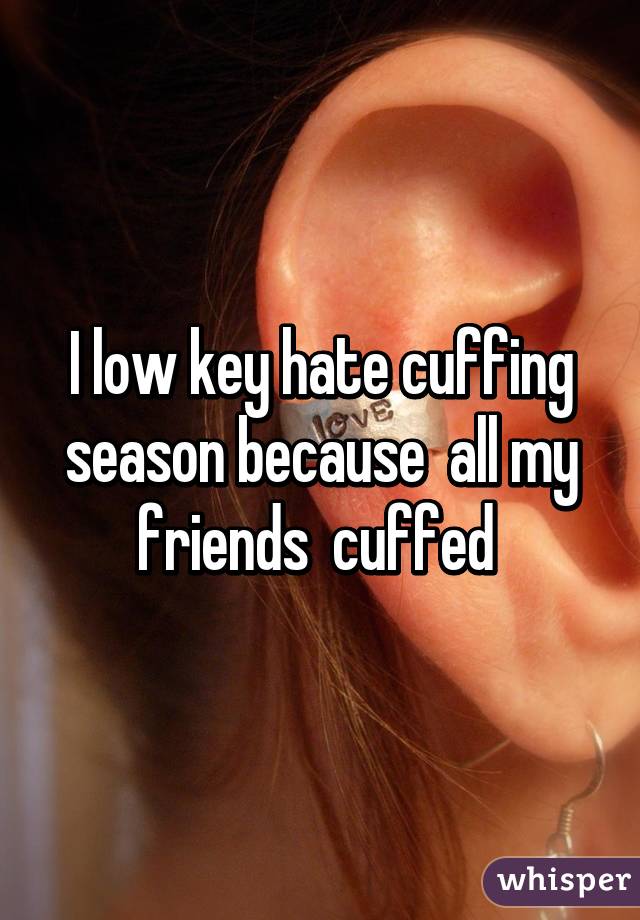
3. And Some Are Not Good At Cuffing Season
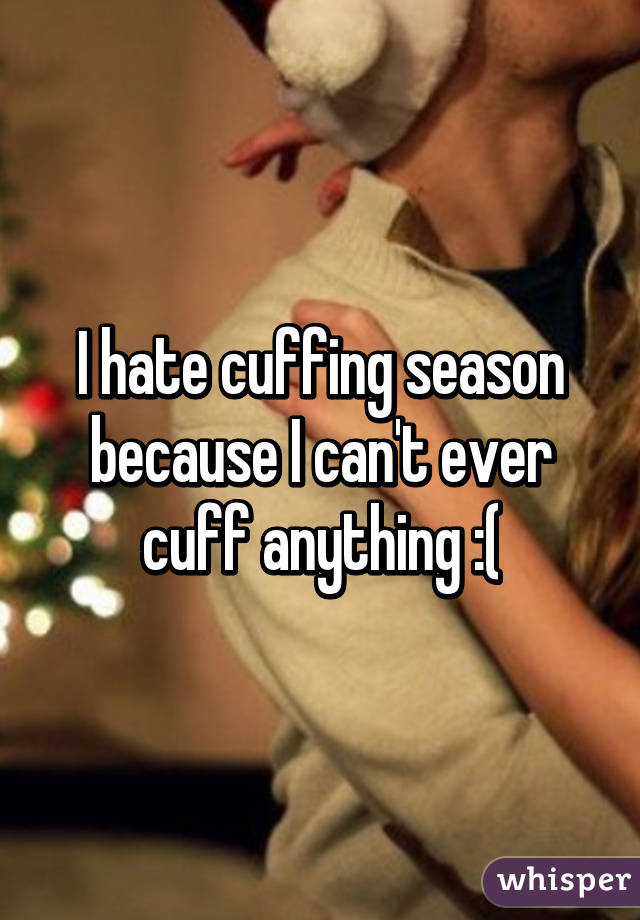
4. Some Are Not Interested In Cuffing
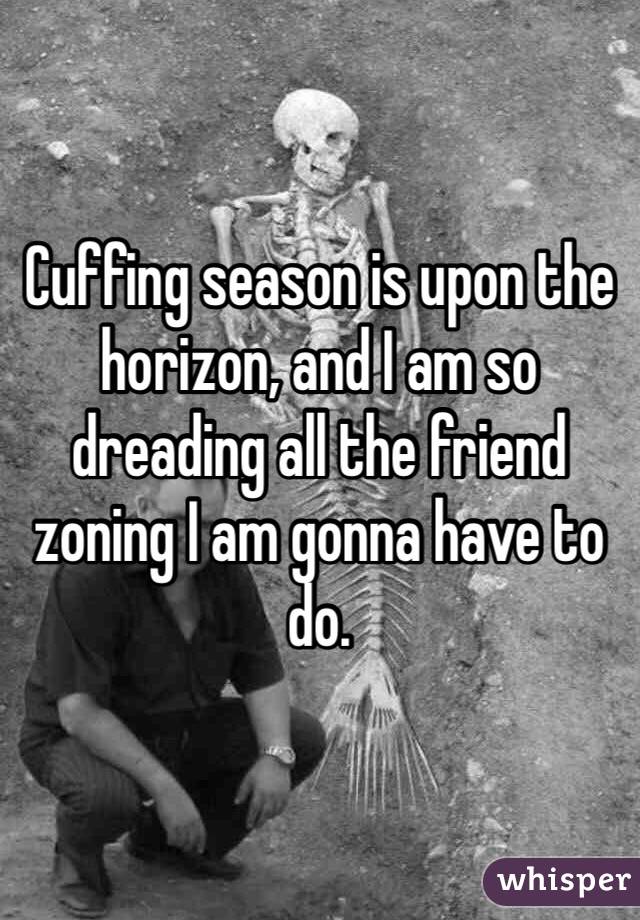
5. Some Feel Pressured By Cuffing Season
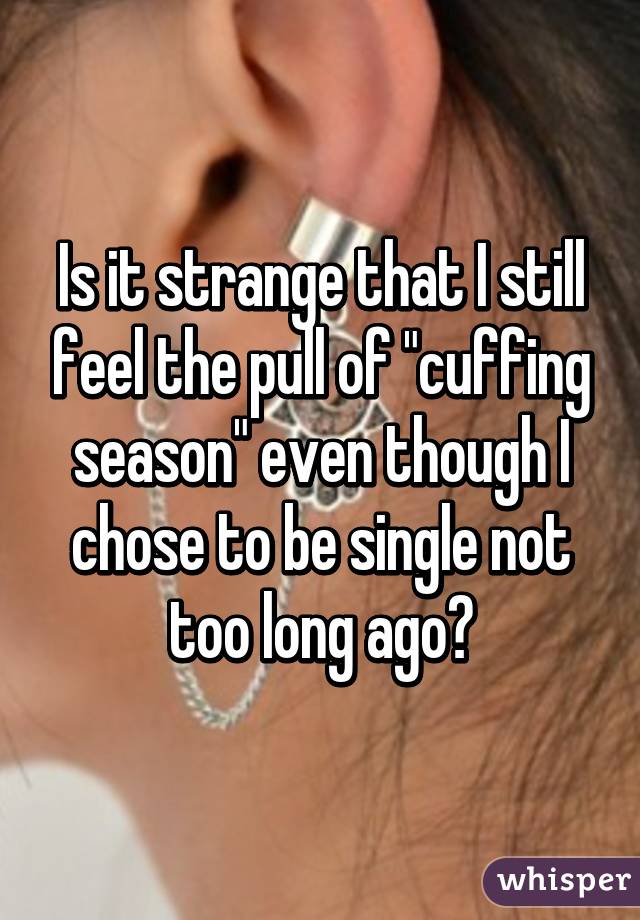
6. But Many People Still Are Into The Idea
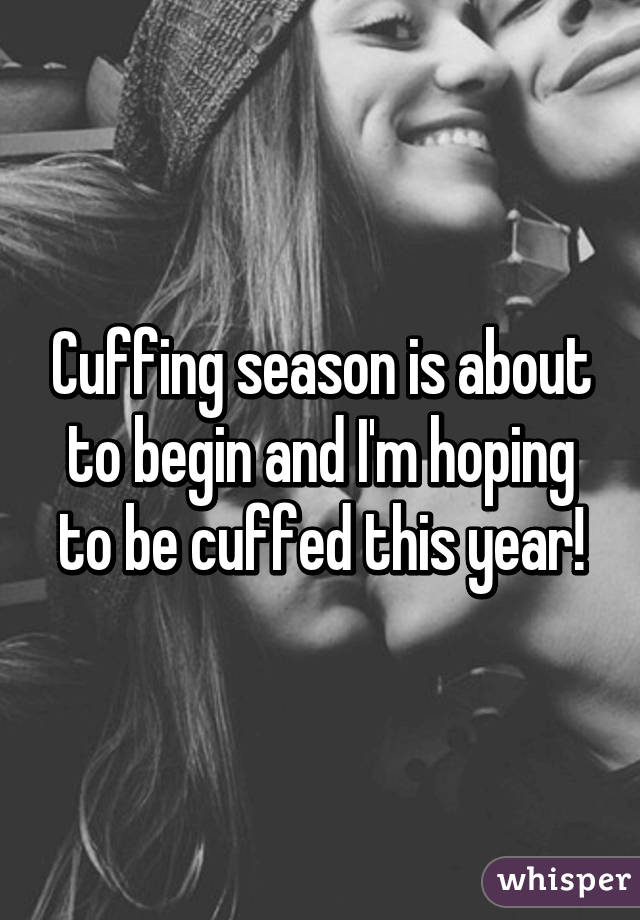
Images: Fotolia; Whisper